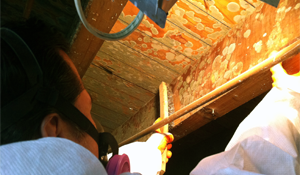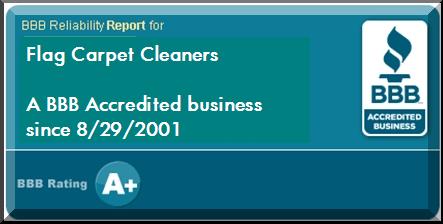Mold Testing Company On Long Island

Industrial
hygienists are scientists and engineers committed to protecting the health
and safety of people in the workplace and the community. When dealing with
Mold there are two common classes: (a) moisture induced growth of
mold colonies and (b) natural substances released into the air such as
animal dander and plant pollen. Moisture buildup inside buildings may
arise from water penetrating compromised areas of the building envelope or
skin, from plumbing leaks, from condensation due to improper ventilation,
or from ground moisture penetrating a building part. In areas where
cellulosic materials (paper and wood, including drywall) become moist and
fail to dry within 48 hours, mold can grow and release allergenic spores
into the air.
In many cases, if materials have failed to dry out several days after the
suspected water event, mold growth is suspected within wall cavities even
if it is not immediately visible. Through a mold investigation, which may
include destructive inspection, one should be able to determine the
presence or absence of mold. In a situation where there is visible mold
and the indoor air quality may have been compromised, mold remediation may
be needed. Mold testing and inspections should be done by an independent
investigator to avoid any conflict of interest and to insure accurate
results; free mold testing offered by remediation companies is not
recommended.
There are some varieties of mold that contain toxic compounds (mycotoxins).
However, exposure to hazardous levels of mycotoxin via inhalation is not
possible in most cases, as toxins are produced by the fungal body and are
not at significant levels in the released spores. The primary hazard of
mold growth, as it relates to indoor air quality, comes from the
allergenic properties of the spore cell wall. More serious than most
allergenic properties is the ability of mold to trigger episodes in
persons that already have asthma, a serious respiratory disease.
Mold is always associated with moisture, and its growth can be inhibited
by keeping humidity levels below 50%. Moisture problems causing mold
growth can be attributed to water leaks or condensation due to humidity
levels.
When sampling is necessary it should be performed by a trained professional who has specific experience in designing mold-sampling protocols, sampling methods, and the interpretation of findings. Sampling should be conducted to answer a pertinent question: examples "what is the spore concentration in the air", or "is a particular species of fungi present in the building." The additional question should be asked before sampling "what action can or should a person take upon obtaining data."
The sampling and analysis should follow the recommendations of Occupational Safety and Health Administration (OSHA), National Institute for Occupational Safety and Health (NIOSH), Environmental Protection Agency (EPA), and the American Industrial Hygiene Association (AIHA). Most importantly, when a sample is taken the proper chain of custody should be adhered to. The AIHA offers lists of accredited laboratories that submit to required quarterly proficiency testing.
Three types of air sampling include but are not limited to:
Air
sampling: the most common form of
sampling to assess the level of mold. Sampling of the inside and outdoor
air is conducted and the results to the level of mold spores inside the
premises and outside are compared. Often, air sampling will provide
positive identification of the existence of non-visible mold.
Surface samples: sampling the amount of mold
spores deposited on indoor surfaces (swab, tape, and dust samples)
Bulk samples: the removal of materials from
the contaminated area to identify and determine the concentration of mold
in the sample.
When sampling is conducted, all three types are recommended by the AIHA,
as each sample method alone has specific limitations. For example, air
samples will not provide proof a hidden source of mold. Nor would a swab
sample provide the level of contamination in the air.
